He owns 300 perfect, vintage, in-box Barbies. This is the story of how it happened
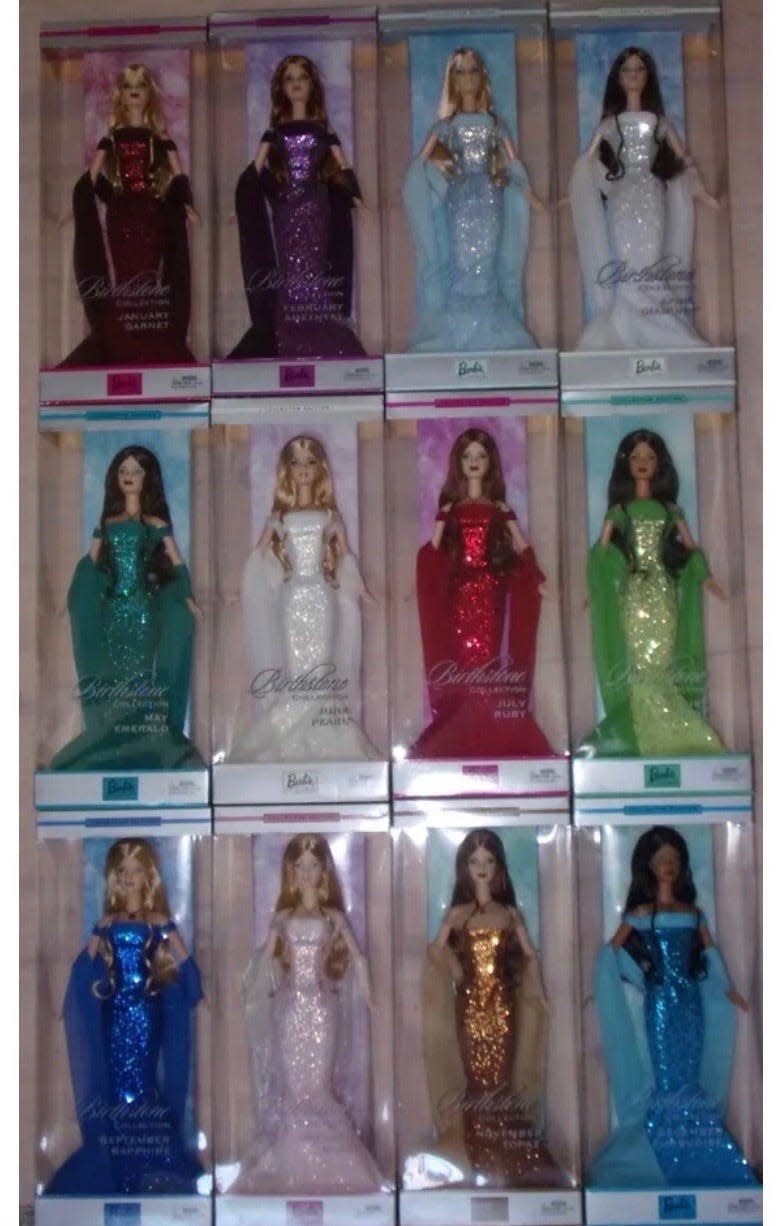
There's a man who lives in a brown house in Marysville, Washington. He has cherry trees out front, a tidy two-car garage and a shed filled with the tools most any auto mechanic would need. And inside, he has hundreds and hundreds of Barbies.
They are stored in his walk-in closet. Piled on top of the china hutch. Stacked on the unusable loveseat. Nestled in moving boxes tucked away in corners.
The collection took more than 30 years to grow this way. By now, he can easily cite the rare ones: Coca Cola Picnic Barbie Special Edition. Barbie from the military collection (Army, Navy and Air Force). Holiday Barbie. Mint Memories Barbie. Victorian Barbie. The Wizard of Oz Barbie – she’s Dorothy, of course.
Who is this man with such recall? What is his name? Wait for it, please.
It’s Ken.
Ken Smith, to be precise.
“I’ve known a few Barbies,” he tells me with a chuckle. “My wife wasn’t Barbie though.” She was Charlene.
At 66, Ken Smith is nonplussed – his daughter describes it as “oblivious” – about the hoopla surrounding the blockbuster movie “Barbie." But he does realize he’s sitting on something so nostalgic for so many. And something likely worth a lot, to the right person.
How to build a Barbie collection
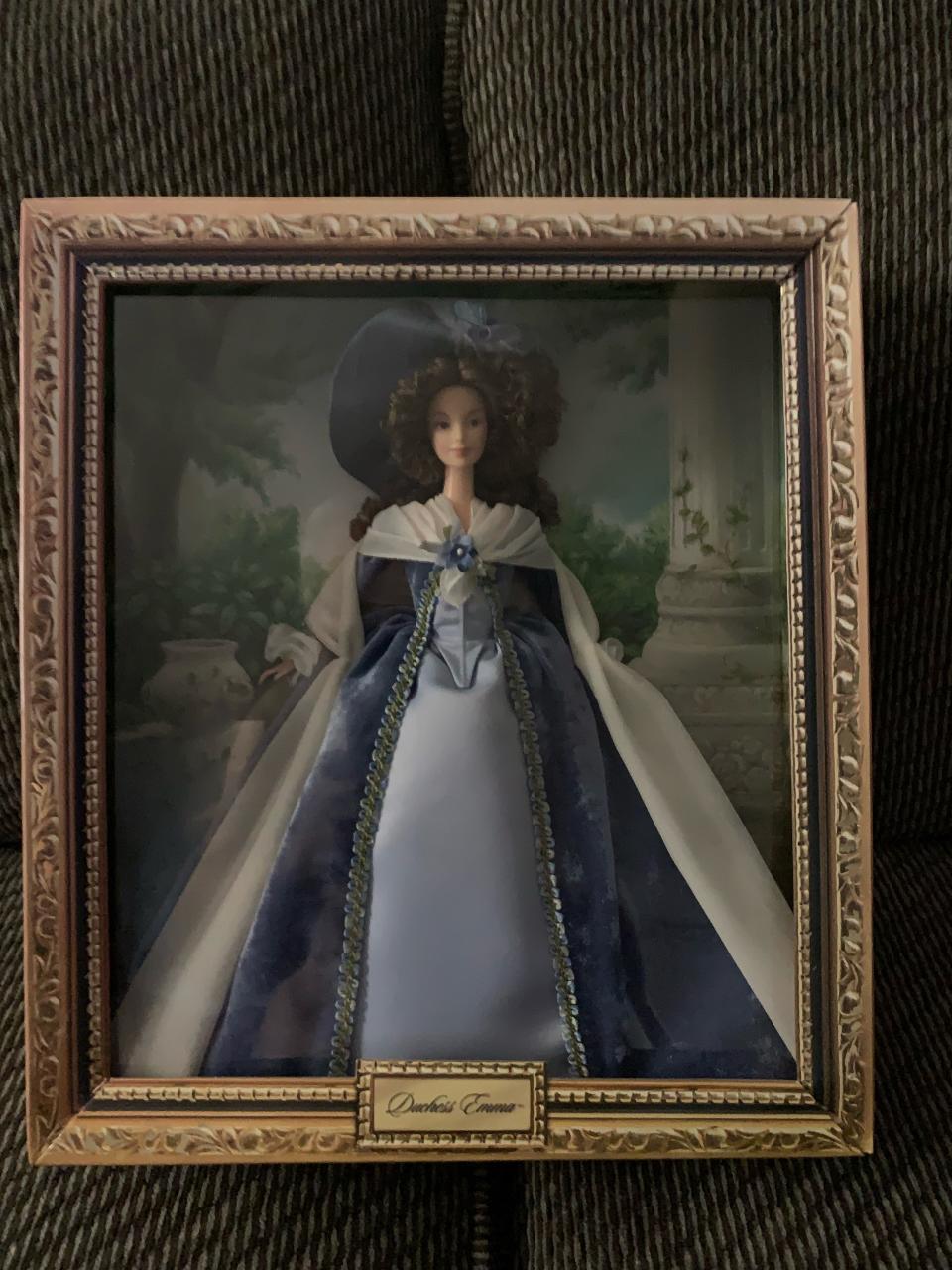
Charlene Smith started buying Barbies in 1988. She had amassed a collection of baseball cards for their oldest son; she thought it was only right to give their younger daughter something to call her own.
Shannon Smith-Martin is 44 now. She hadn’t even asked for a Barbie. She remembers begging her mother for a porcelain doll because they looked like real babies.
Charlene Smith was a stay-at-home mom when her children were young; Ken Smith was a dealership car mechanic. Money was tight and porcelain babies were expensive. She decided Barbies were the better bargain.
“I can get three Barbie dolls for the price of one,” Smith-Martin remembers her mother declaring.
Charlene Smith often went Barbie hunting with a close girlfriend. It was their weekly ritual. She always purchased the special ones – the ones that are now collectors’ items.
The Holiday Barbies were a must-have. Charlene Smith would run out each year to get them. If the box was even slightly dented, she would dig until she found one in pristine condition. She also shopped for gems.
“I don't remember what year they came out with the African American dolls in the holiday series,” Ken Smith told me. “There was always a white one. But if there was an African American one, she bought those too.”
One might wonder whether the collection was for mom or daughter.
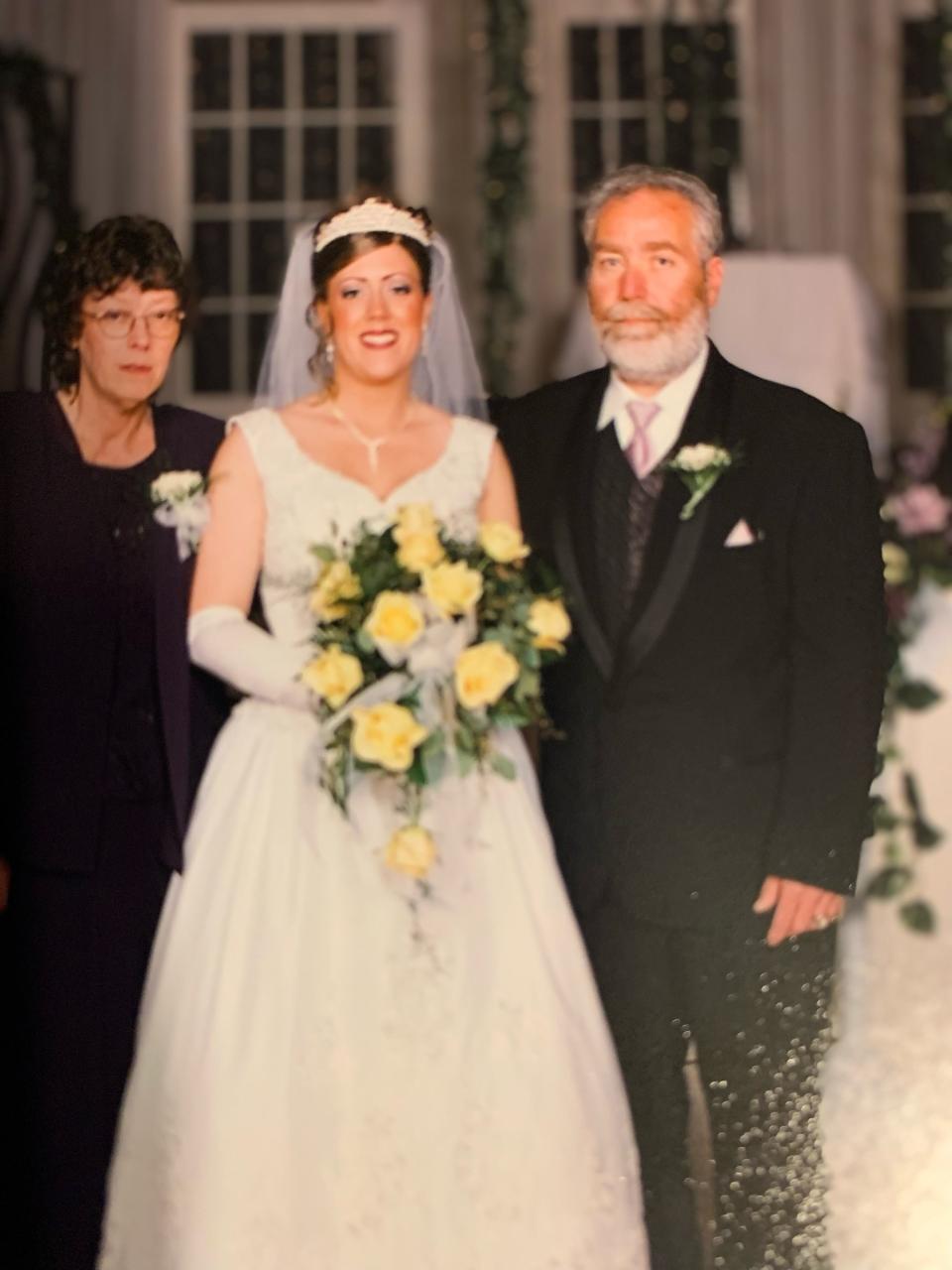
After all, Shannon had permission to play with only two or three Barbies. The rest remained in their original box and packaging.
The daughter now believes she has the answer. It’s right there in her mom’s childhood.
“She would tell you she never got Barbie; she always got Midge,” Smith-Martin tells me. “And so I think it grew into her own obsession of what she didn't have as a child growing up.”
Charlene Smith spent money on dolls instead of family vacations. They did a lot of camping. And eventually she worked in a retirement home. She was a master organizer and loved taking care of people – and things.
If there was ever any idea that the Barbies would go to Shannon someday, that didn’t come to pass. As she grew up, Smith-Martin says, she realized she didn’t want them. She didn’t have the space for hundreds of boxes, and didn’t have the desire for the tradition.
So the collection stayed at Mom and Dad’s house. Because the Barbies were really all pieces of Charlene’s passion. Right up until the pains started.
All for Mom

It was August. The couple was on a staycation and Ken Smith − who still wakes up around 4 a.m. − was out in his shed. Charlene Smith, too, was up and dressed by 8 a.m. and searching for their insurance card.
The pains she had weren’t going away, she explained. She needed to see a doctor. They went together. They waited for the results of the scans. Waited two days more to see the oncologist who could finally confirm it. Pancreatic cancer.
The doctor told her she had two years.
Treatment started immediately. She was given dashes of hope − the tumor was shrinking after chemotherapy. But then the cancer metastasized to her liver. And to her colon.
Even before she got sick, Charlene and Ken had discussed selling the dolls. Shannon didn’t want them. They did take up a lot of space.
She even started packing them up in moving boxes. That was as far as things got.
"Two years turned into six months," Ken Smith tells me.
Charlene Smith died in 2019. She and Ken had been married for 43 years.
After that, the dolls really could have become her daughter’s. But Smith-Martin acknowledges she was reluctant to have a sort of shrine to her mother, staring her in the face.
And so it was that a man in a brown house with a two-car garage and a shed in Marysville, Washington, became the sole and rightful owner of some 300 vintage, special edition, perfect-condition Barbies. A man named Ken.
Over the past three years, there has been a lot of talk – “What are we going to do with these dolls?” – Smith-Martin tells me. “But I think knowing my dad's character, and knowing their relationship, they just didn't do anything without the other. It has to be hard.”
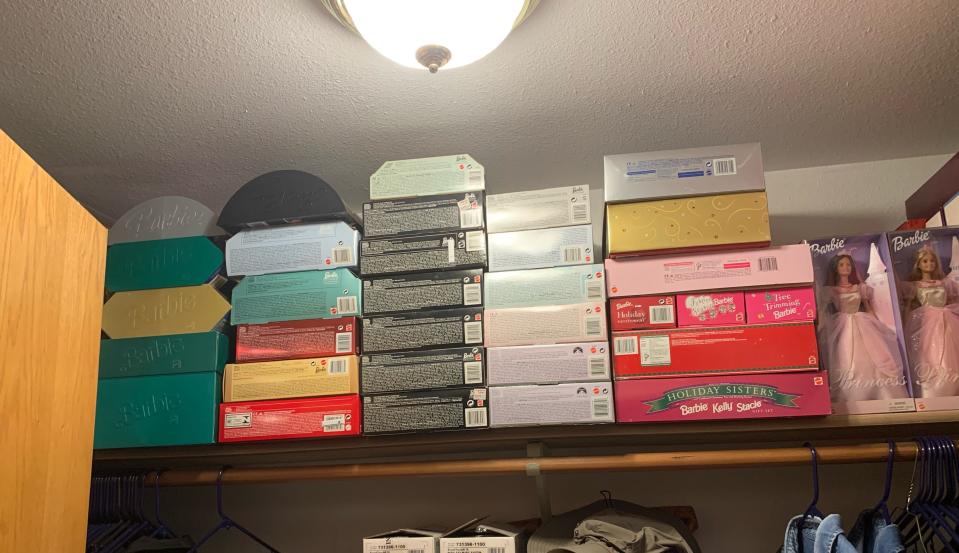
Ken Smith has been slowly assessing the collection. He has no idea what to do with all those Barbies, but he’s convinced there are people who may cherish them as much as his wife did.
He’s finally venturing onto eBay. Hopefully he’ll recoup some of that family money.
“They're too much to take care of now,” Ken Smith tells me. “I’m just overwhelmed.”
I hear him say it, and it takes my breath away.
The Barbie remorse
I made a rash decision about my own Barbies in 2012 – one I still regret.
I was downsizing and selling things from my metro Detroit home because I was moving to Ann Arbor for a journalism fellowship at the University of Michigan. These dolls, their clothes and accessories had been with me since childhood. I felt it was time to get rid of them. I kept telling myself I needed to grow up.
So I gathered a pile of beautiful memories and allowed neighbors to shop on my front lawn. People driving by stopped their cars and got out.
I didn’t even sell my Barbies; I simply gave them away. The next morning, I woke up filled with remorse. I still feel it – 11 years later.
Some of my Barbies had afros. My Ken wore a tuxedo. They had clothes that could take them from the boardroom to a dance club. Their plastic, brown skin looked like mine because my mommy relished buying me playthings that reflected who I was – and who I would become. My Barbies empowered me to dream I could accomplish anything as a woman – as a Black woman.
I hope they are safe. And loved. And maybe giving a young girl who looks like me that same promise of power.
Now, it’s not my place to try to convince Ken Smith to hold on to his doll stash any longer. It was never his, after all.
And for each Barbie he sells, I obviously know well enough that there is somebody out there who needs her.
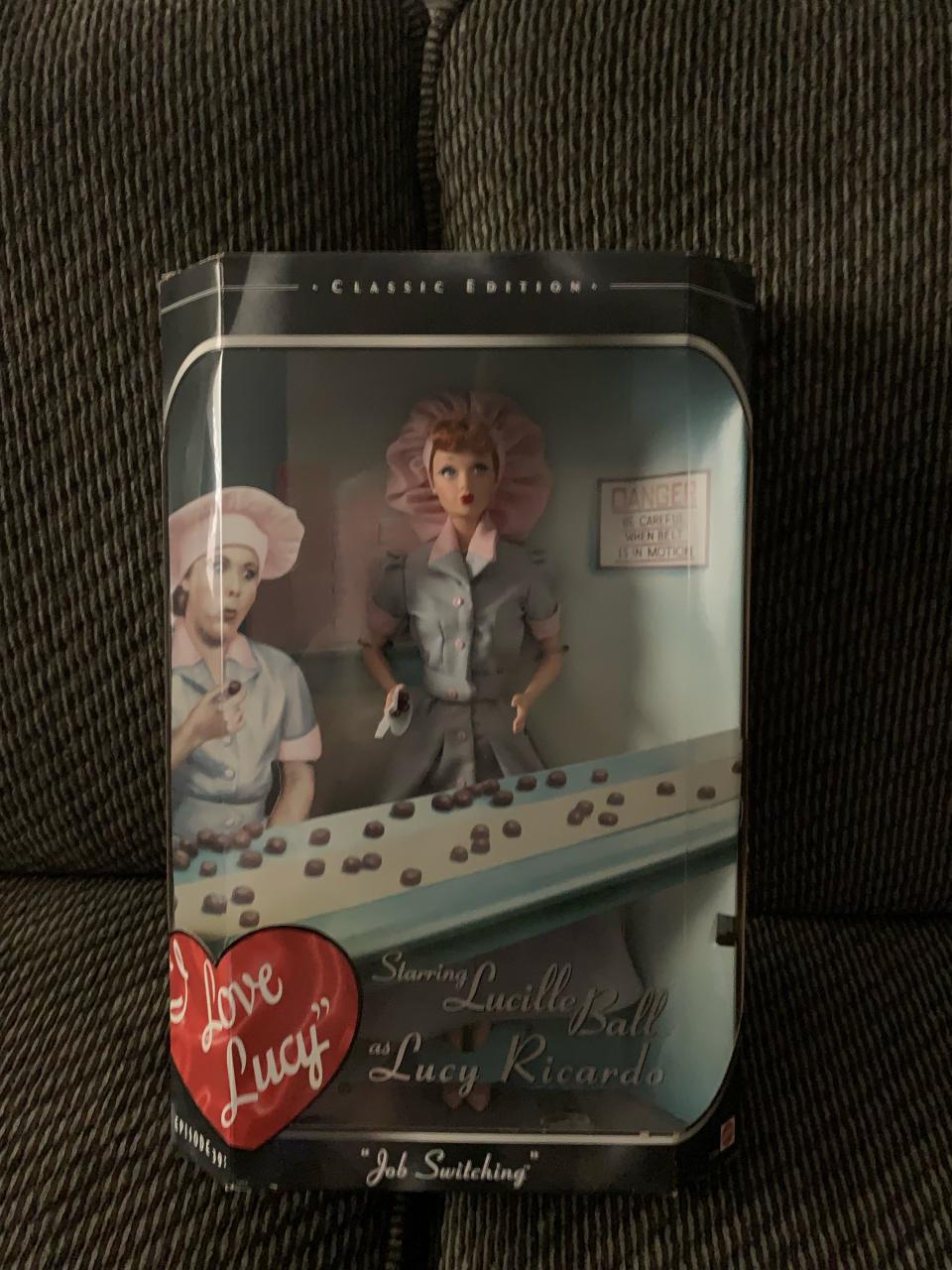
I’ll never get back the childhood friends I parted with. I can still see each one. But I’m a woman who can accomplish anything I want – and choose anything I want. My Barbies helped me realize that decades ago.
So I’ll be shopping for a new Barbie, or maybe a few, to reverse the sting of a terrible decision. And I happen to know there are some classic Barbies for sale out there.
Thanks to people like Charlene Smith, Barbie collector extraordinaire.
And her partner, Ken.
Suzette Hackney is a national columnist. Reach her on Twitter: @suzyscribe.
This article originally appeared on USA TODAY: 300 vintage, mint-condition Barbies for sale: Where they came from

